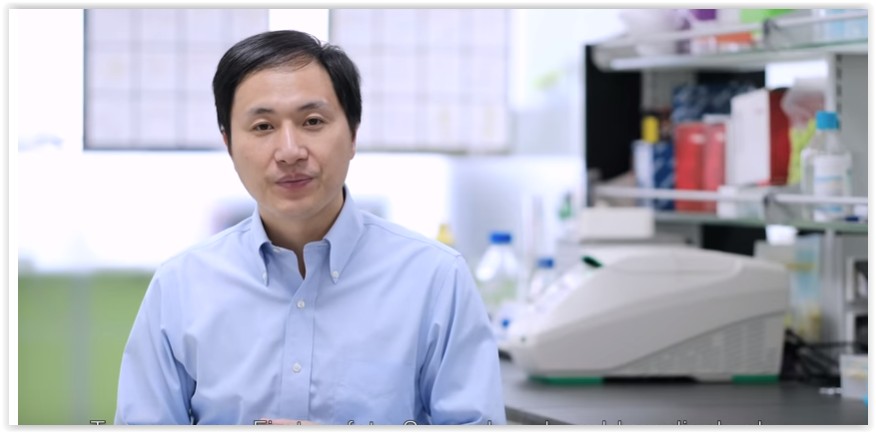KUALA LUMPUR, June 4 — The world’s first gene-edited children face the possibility of dying about 1.9 years earlier than other people, new research showed.
MIT Technology Review reported that a study of 400,000 volunteers in a British gene database, the UK Biobank, found that the number of volunteers in the database with a natural double mutation of the CCR5 gene — which Chinese scientist He Jiankui had edited in two twin babies to protect them from HIV — was smaller than expected by chance.
“That tells us there is a process that removes individuals with two copies, and that process is probably natural selection. People die,” said researcher Rasmus Nielsen, a population geneticist from the University of California, Berkeley.
STAT said the Berkeley study found that people with two non-working copies (one from mom and one from dad) of the CCR5 gene were about 20 per cent less likely to survive to age 76, compared with those who had one copy or none. People with a single copy of the CCR5 variation were not more likely to die than those with both normal genes, which Nielsen attributed to preserved immune function even from a single working copy of the gene.
CCR5 gene mutations are rare as they are reportedly found in 16 per cent of northern Europeans, 6 per cent of Italians, 4 per cent of Greeks, and even lower in other ethnic groups.
Scientist He reportedly acknowledged that the CCR5 gene mutation was associated with higher susceptibility to influenza and to West Nile virus, even though it prevents HIV infection. The HIV virus enters cells through a receptor produced by the CCR5 gene on the surface of immune cells.
Stanford University bioethicist Dr William Hurlbut told STAT that He had emailed him about having second thoughts about what he had done in using the CRISPR gene editing tool to alter the CCR5 gene of human embryos that were later born — twin girls Lulu and Nana — last year.
“I have been thinking,” He reportedly wrote to Dr Hurlbut. “I recognise I pushed too quickly into a first-of-kind clinical study without the necessary open dialog with regulators, the scientific community, and the public.”
He’s experiment reportedly created chaotic edits instead of perfectly reproducing the natural CCR5 genetic mutation.
According to STAT, the health consequences of He’s experiment are unknown because the CCR5 mutations he created are not known to exist naturally.








